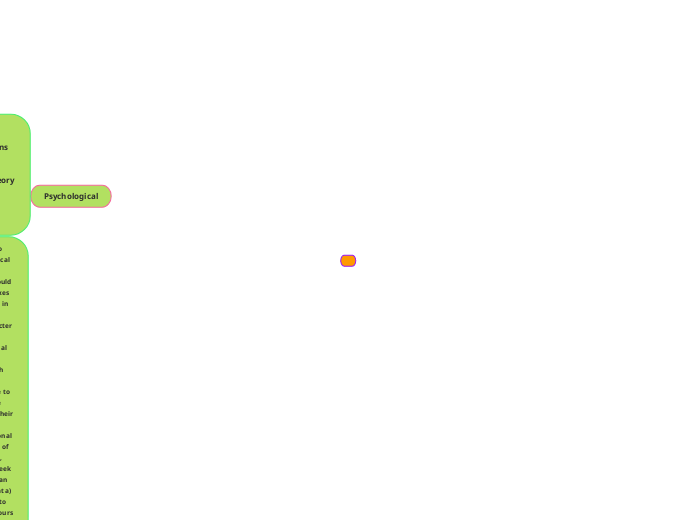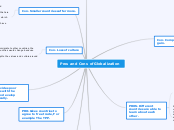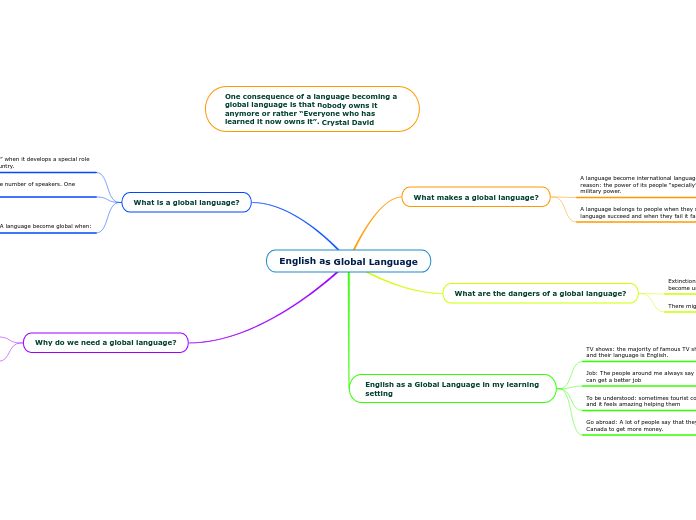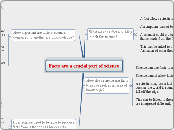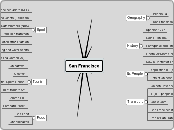von S Hal Vor 11 Monaten
62
Literary Lenses in Classic Literature
Understanding the historical and cultural context of a work can significantly enhance the analysis of its form and content. Literary devices that may seem outdated today can be better appreciated when one is familiar with the language and popular culture of the time in which the work was written.
